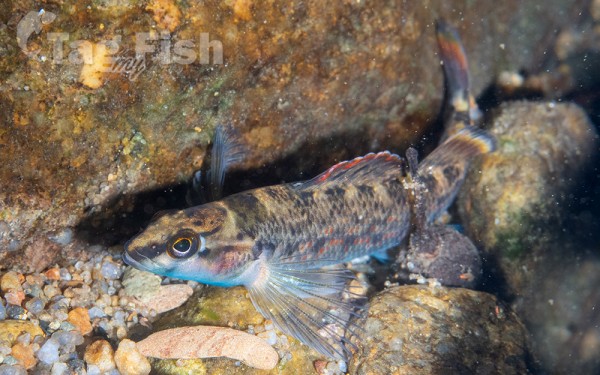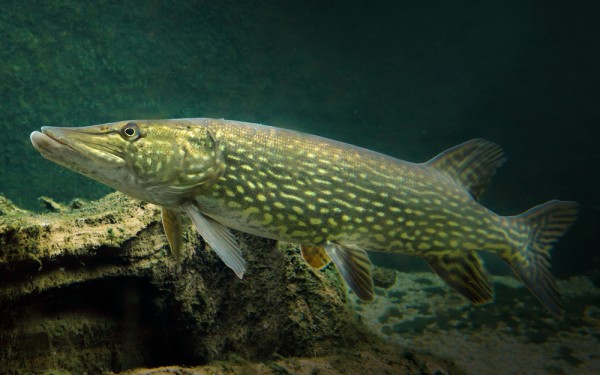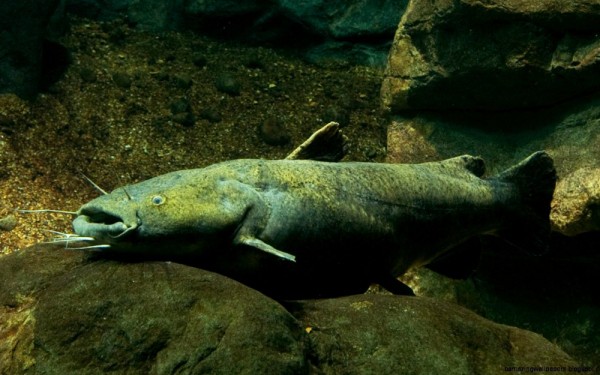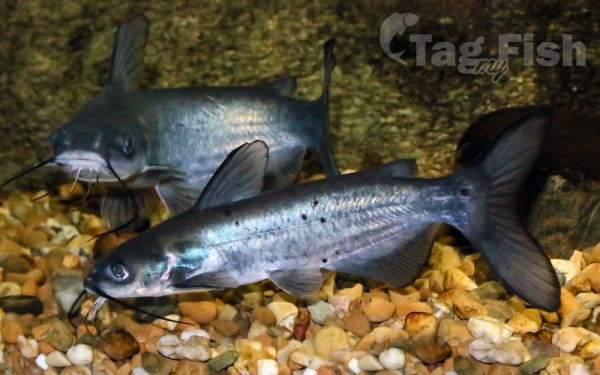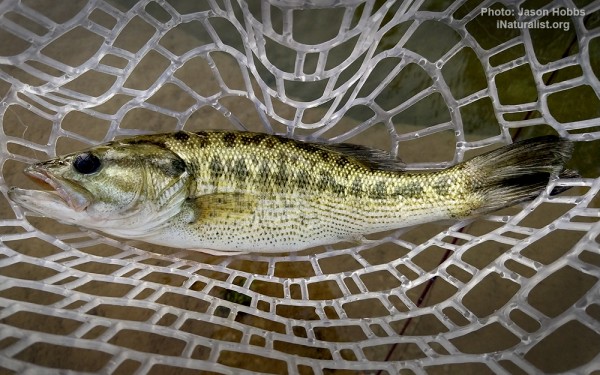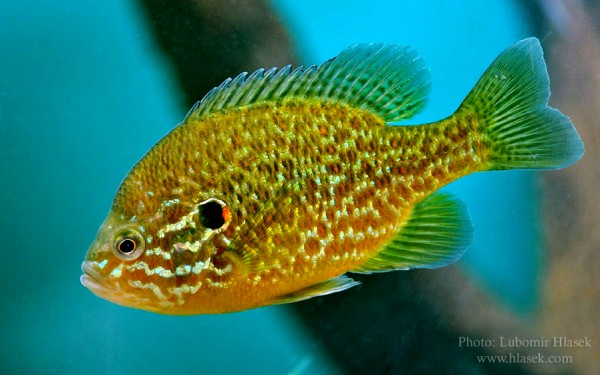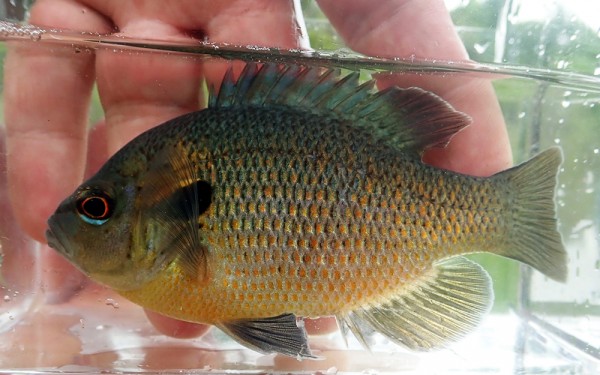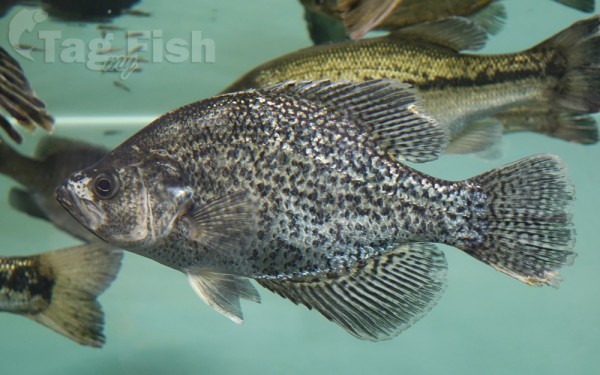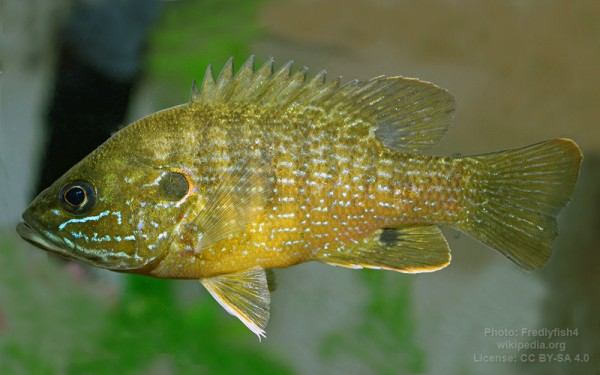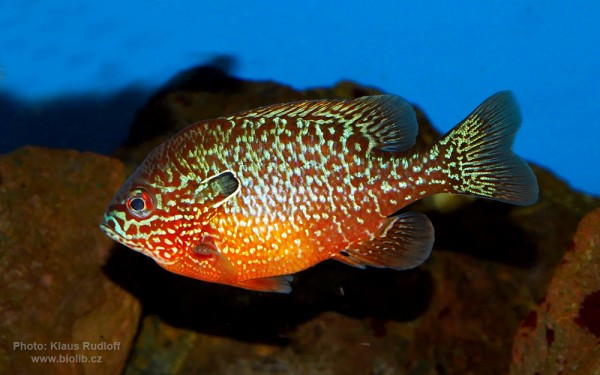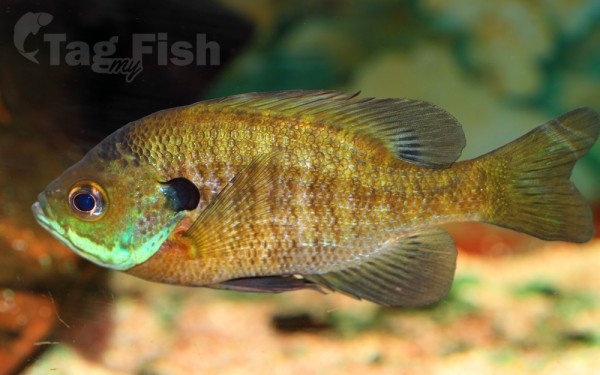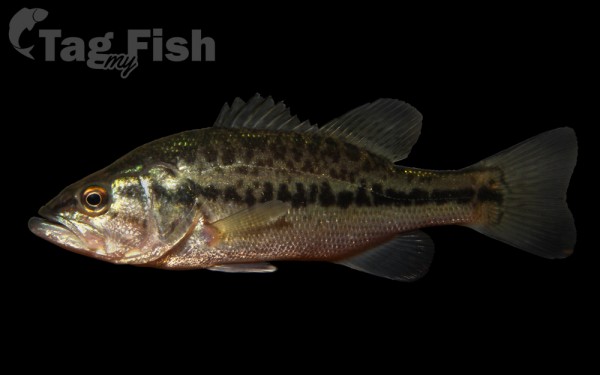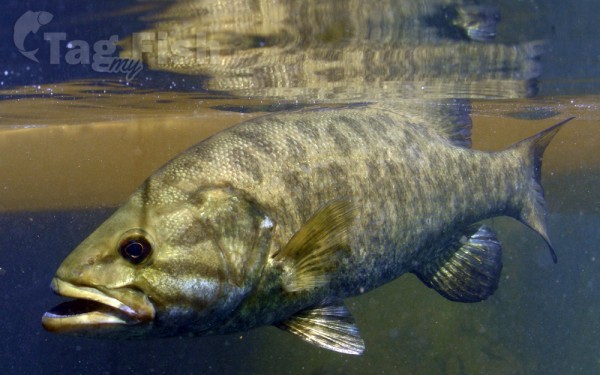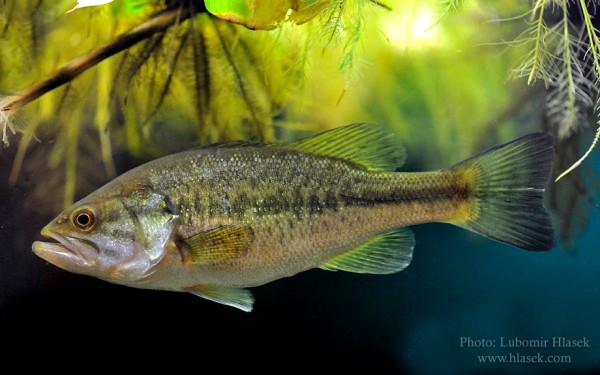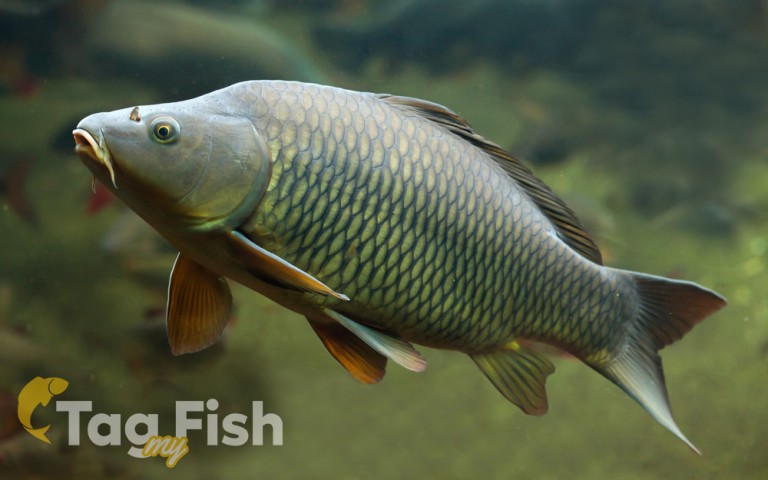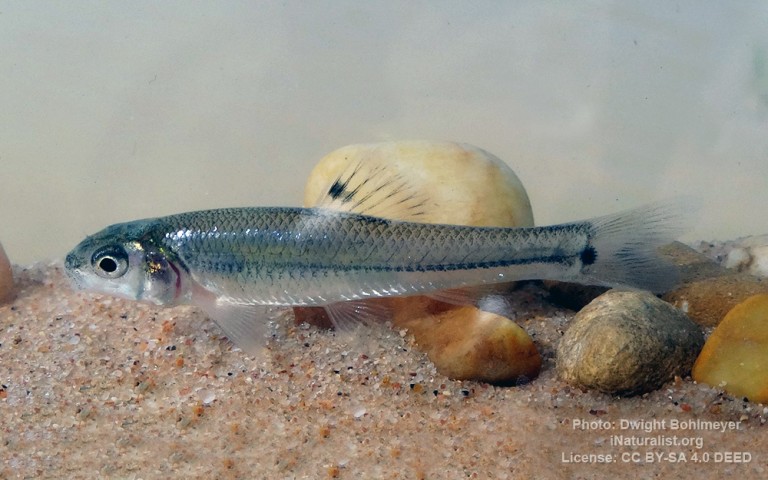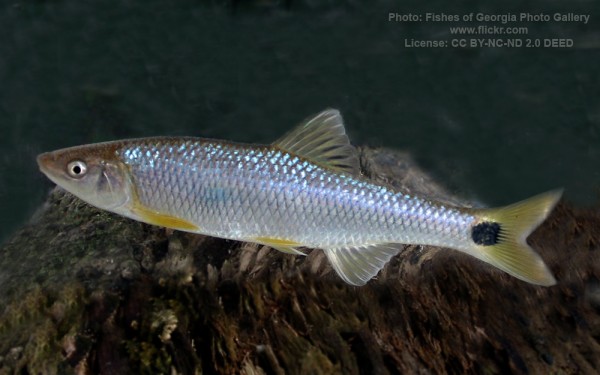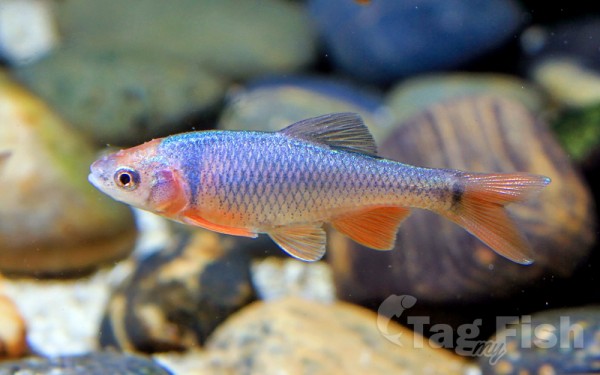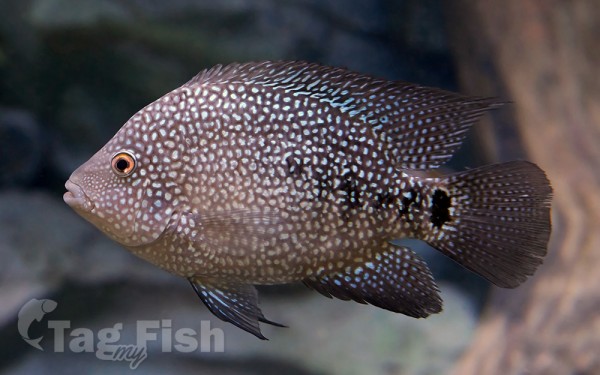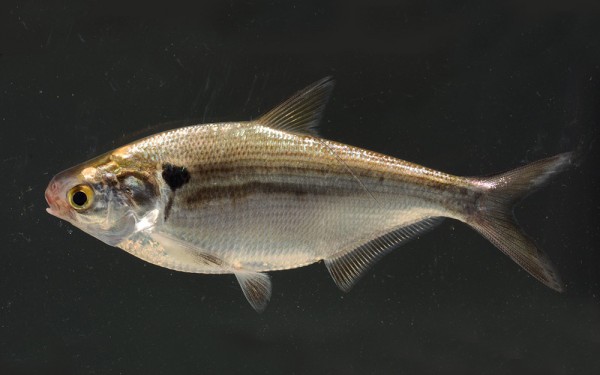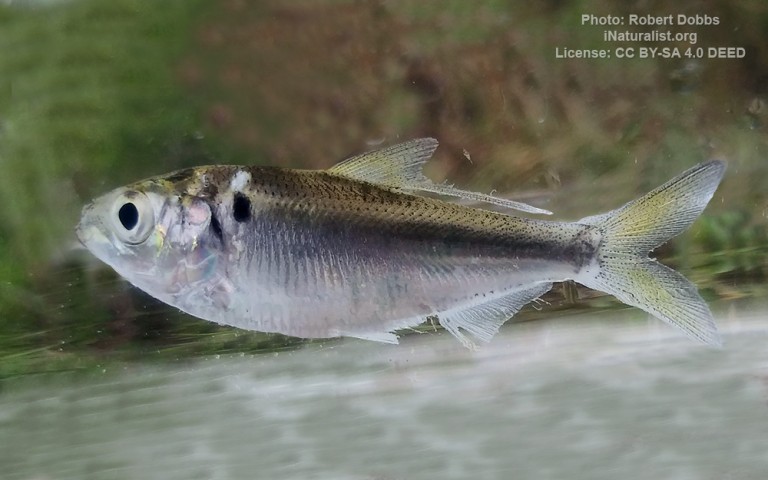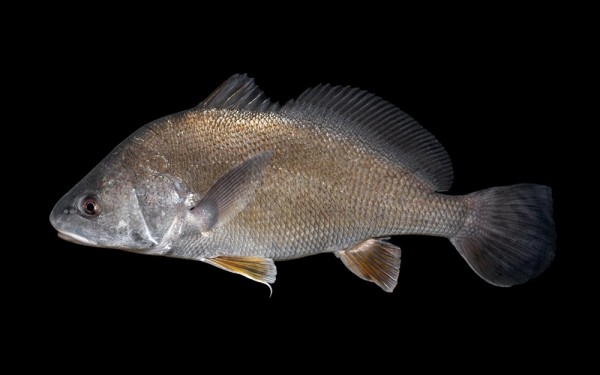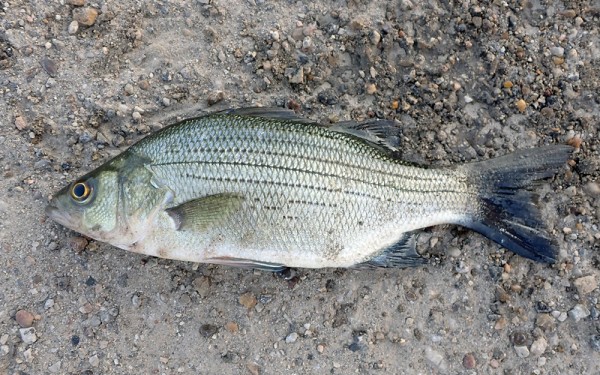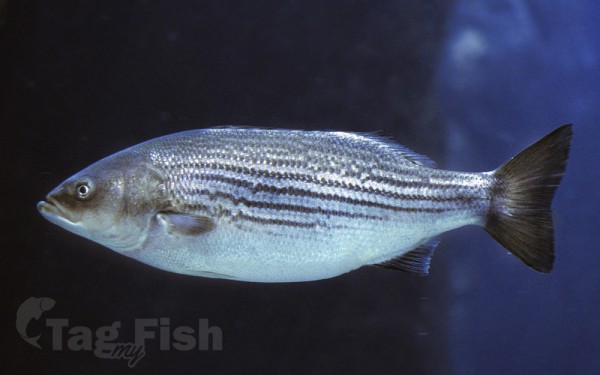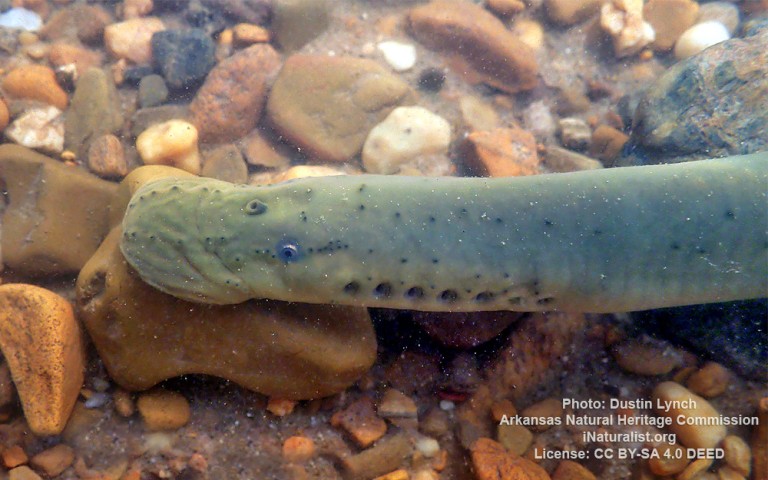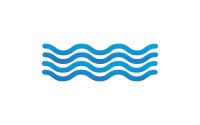Inks Lake
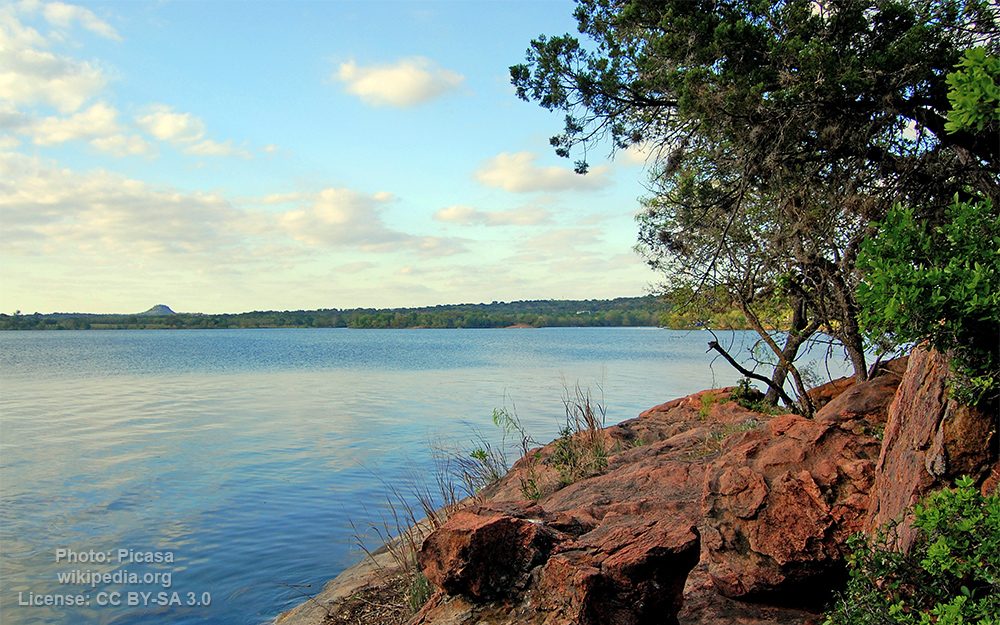
Perciformes - Perches
Esociformes - Pikes
Siluriformes - Catfishes
Centrarchiformes - Basses and sunfishes
Cypriniformes - Carps
Cichliformes - Cichlids
Clupeiformes - Herrings
Acanthuriformes - Surgeonfishes
Moroniformes - Temperate basses
Petromyzontiformes - Lampreys
Perciformes - Perches
Esociformes - Pikes
Siluriformes - Catfishes
Centrarchiformes - Basses and sunfishes
Cypriniformes - Carps
Cichliformes - Cichlids
Clupeiformes - Herrings
Acanthuriformes - Surgeonfishes
Moroniformes - Temperate basses
Petromyzontiformes - Lampreys
Perciformes - Perches
Esociformes - Pikes
Siluriformes - Catfishes
Centrarchiformes - Basses and sunfishes
Cypriniformes - Carps
Cichliformes - Cichlids
Clupeiformes - Herrings
Acanthuriformes - Surgeonfishes
Moroniformes - Temperate basses
Petromyzontiformes - Lampreys
Inks Lake is a reservoir on the Colorado River in the Texas Hill Country in the United States.
The reservoir was formed in 1938 by the construction of Inks Dam by the Lower Colorado River Authority. Located near Burnet, Texas, the lake serves to provide flood control in tandem with Lake Buchanan and features the smallest hydroelectric power plant on the Highland Lakes chain.
Inks Lake was named for Roy B. Inks, one of the original board members of the Lower Colorado River Authority, and serves as a venue for outdoor recreation, including fishing, boating, swimming, camping, and picnicking.
The other reservoirs on the Colorado River are Lake Buchanan, Lake LBJ, Lake Marble Falls, Lake Travis, Lake Austin, and Lady Bird Lake.
Inks Lake has been stocked with several species of fish intended to improve the utility of the reservoir for recreational fishing. Fish present in Inks Lake include largemouth bass, white bass, catfish, crappie, and sunfish.
Inks Lake is a level-controlled reservoir with less than one foot (one third meter) variation in water level annually.
